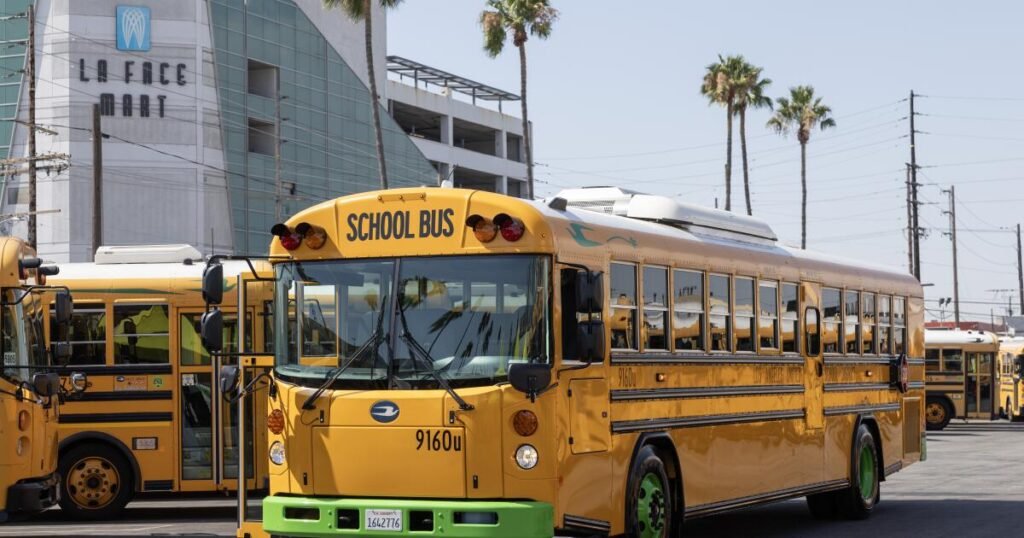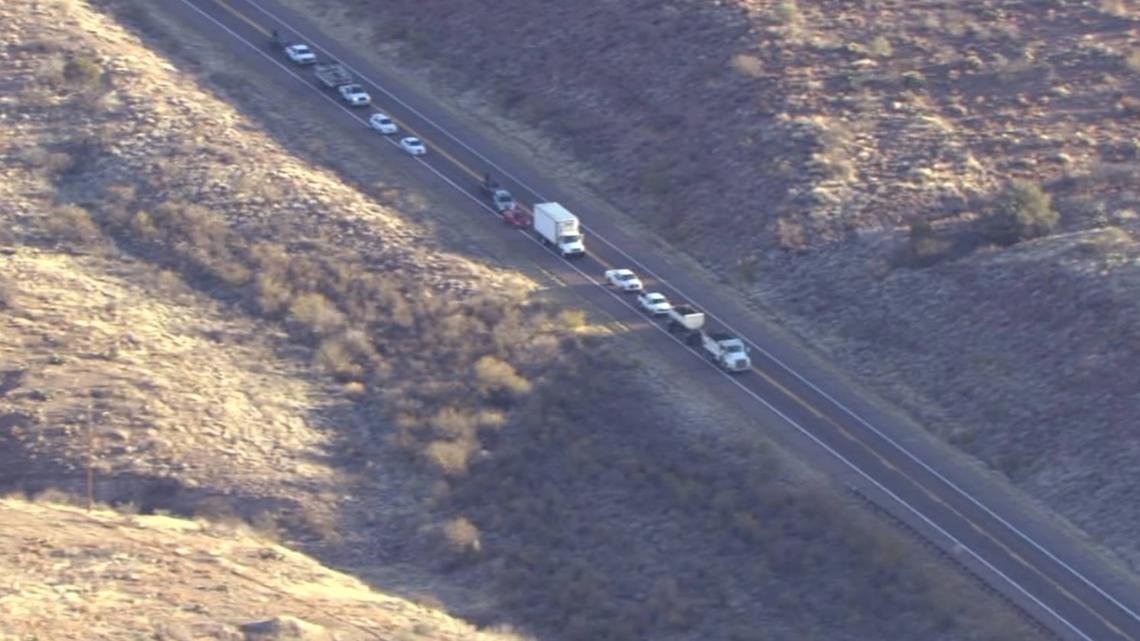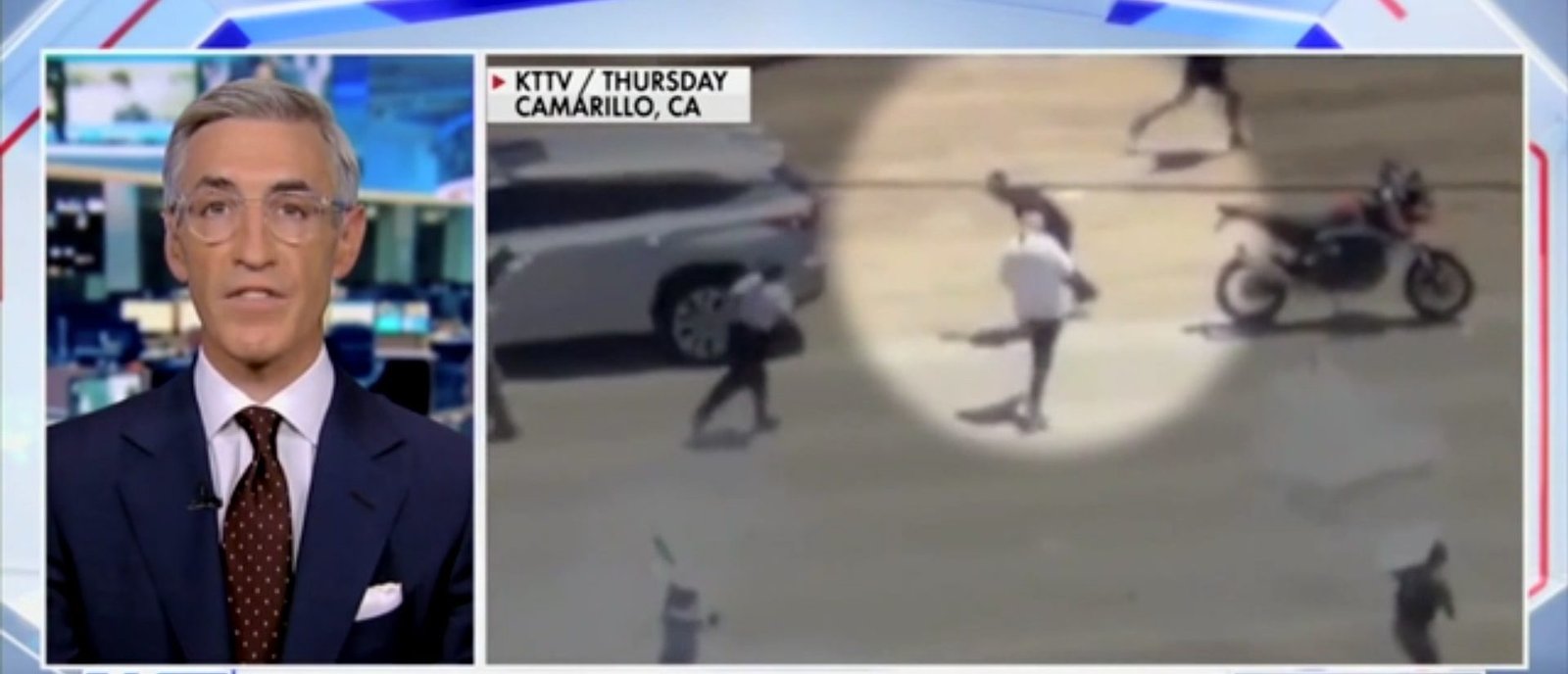The Los Angeles School Board voted unanimously Wednesday to place a $9 billion school construction bond on the November ballot, the largest in the district's history and comparable in size to the statewide $10 billion school bond measure already on the ballot.
If approved by at least 55% of voters, the Los Angeles Unified School District bond would raise property taxes on the median-priced home by about $273 a year, according to estimates by the Howard Jarvis Taxpayers Association. A district spokesman said the median impact would be closer to $100 and that the tax would be based on the home's assessed value, not its market value.
The overall tax rate would be $25 per year for every $100,000 of assessed value and would be added to property tax bills that already include fees for other purposes, such as paying off previous school bonds.
“The time is now,” Los Angeles Superintendent Alberto Carvalho said during a specially called meeting Wednesday. “I know this is a difficult question. It's never an easy question, but what we do defines our identity.”
Compounding the problem is the Los Angeles Unified School District's push for more facilities funding amid a steady decline in student enrollment, a trend that experts say could ultimately lead to campus closures, including some that are part of the bond spending plan.
Carvalho, referring to the district's estimates, said the $9 billion is “not too much” given that the need is calculated at $80 billion.
The bond's benefits and costs apply only to areas within the boundaries of the Los Angeles Unified School District, which includes all or parts of the city of Los Angeles and about two dozen smaller cities, including Bell, Maywood, South Gate and San Fernando.
Nearly every public speaker at Wednesday's meeting strongly supported the bond, though they disagreed on some of the finer details.
The Howard Jarvis Taxpayers Association opposes the bond.
“This bond will significantly increase property taxes at a time when Los Angeles homeowners are struggling with the rising cost of living, including soaring utility bills,” said Susan Shelley, the group's vice president of public affairs.
She added: “With enrollment declining, taxpayers have a right to demand that school districts implement all possible cost savings before asking for further tax increases.”
Los Angeles school officials said in a staff report that the needs were “great, with more than 60 percent of school buildings being older than 50 years old and in dire need of renovation. This means that the majority of Los Angeles Unified School District students attend school in aging facilities that do not meet today's standards for learning and safety.”
The meeting was scheduled with just 24 hours' notice, the minimum time allowed by law, as the board faced a Friday deadline to put the bond issue on the November ballot.
How will the bond funds be used?
The initiative outlines the need to “upgrade, modernize and replace aging and deteriorating school facilities, including school technology infrastructure and equipment.”
Goals also include “enhancing and expanding outdoor spaces and dining services for students” and promoting “energy efficiency.”
Projections call for about $5 billion in “major modernization, upgrading and reconfiguration of school campuses.”
Other funding areas include $75 million for electric buses, $461 million for cafeteria upgrades, $258 million to create handicap accessible spaces and $70.5 million for security cameras.
About $1.25 billion will go toward school greening projects, which include planting trees, removing asphalt from playgrounds, creating outdoor classrooms and installing shade structures.
Mireya Valencia, program director for the L.A. Neighborhood Land Trust, called for more funding, saying such efforts would cost about $3 billion.
About $300 million has been tentatively set aside for charter schools, which serve about 22% of district students. Keith Del Aquila, an advocate with the California Charter Schools Association, said that amount is too small, adding that districts should adjust their plans for how they spend the money.
District officials said they have flexibility in spending decisions but did not commit to making specific changes.
Charter schools are privately run public schools that often use vacant space on school district-run campuses. The Charter Association has not taken a position on the bond.
All board members praised the upcoming bond issue effort, but board member Nick Melvoin said the district needs to rethink how it approaches construction.
“Things need to be done more efficiently, faster and cheaper,” Melvoin said. “We need to work harder and better.”
A history of overcrowding
From the mid-1980s through the early 2000s, school systems dealt with crowding by operating year-round, but the calendar shaved nearly a month off students’ school days. The restrictive schedules also meant many students missed out on advanced coursework. Meanwhile, schoolyards became seas of asphalt broken up by portable classroom buildings.
In response, the school system has passed a series of bonds since the late 1990s.
Although rising construction costs scaled back the scope of the original plans, the initiative enabled students to return to regular school years and attend nearby schools, made possible in part by a steady decline in student enrollment that has continued to this day.
New challenges for 2024
The current challenge is to rehabilitate the aging campus and modernize and improve classrooms and buildings.
Existing construction programs have yet to run out of funds: About $3.5 billion is allocated to projects that have been approved but not yet put out to bid, and another $1.8 billion is allocated to projects the school board has not yet approved.
One example of the current array of projects in the works is the ongoing reconstruction of Belvedere Middle School in East Los Angeles and Roosevelt High School in Boyle Heights.
Bond-financed construction work was also on view Monday at Jordan High School in Watts, where bond funds were used to build a health clinic to serve the physical and mental health needs of families in low-income areas where medical care is scarce.
The clinic opened in 2008 but has been unable to continue operating during the COVID-19 pandemic. A new provider, UMMA Community Clinic, will take over the renovated facility.
“What we have experienced is clear evidence that what is happening in this community is not yet reality. [in] “Many other communities will continue to invest in physical infrastructure like health centers, air conditioning, roofs, window replacements — all of the things we want to see happen in every community — and they continue to be a priority for our school district and school board,” Carvalho said at the clinic's grand opening.
What about state school bonds?
Proposition 2 would allow the state to borrow $10 billion to fund repairs and renovations for school districts and community colleges.
Funds from the last school bond passed in 2016 were long ago depleted, and the state's school repair fund is expected to dry up by January. Districts are on a waiting list hoping a new bond will pass and use $3.4 billion for already approved projects, including fixing harmful mold, leaking roofs and septic systems, building classrooms, modernizing science labs and replacing aging buildings.
If approved by a simple majority of voters, the bonds would allow lawmakers to borrow money that would be paid back over time from the state budget.
L.A. officials estimate the district could be eligible for about $700 million from state bonds.
















